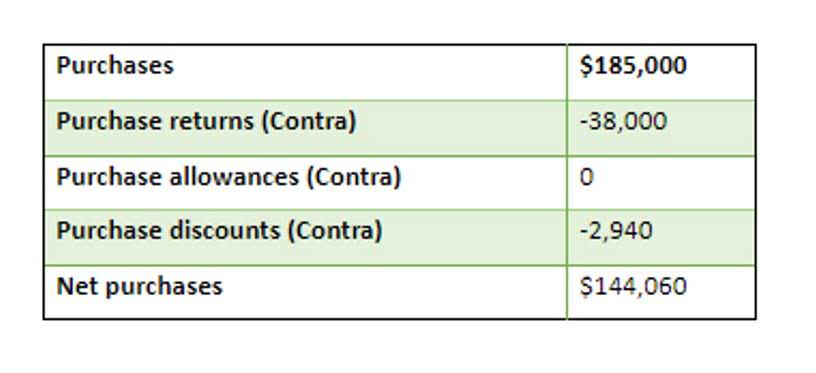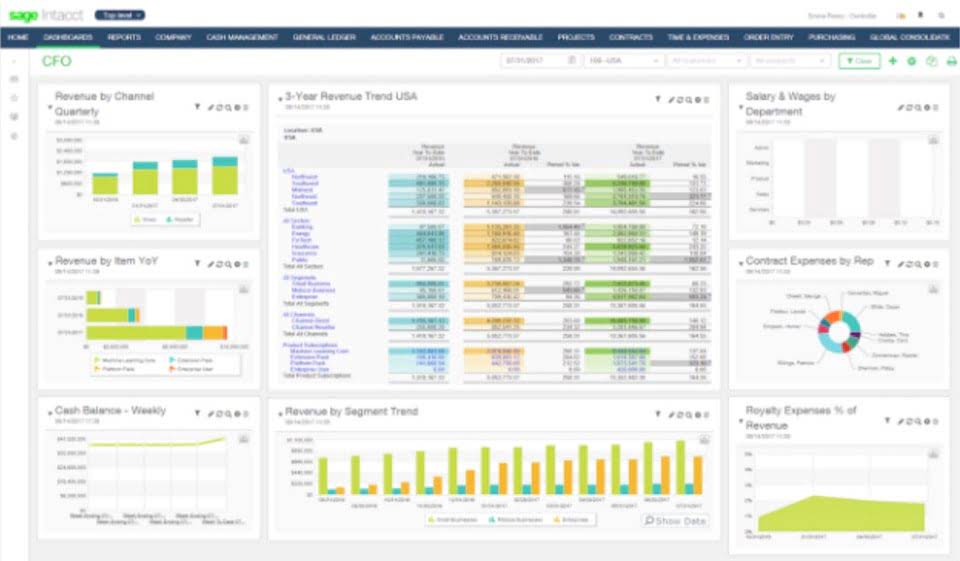
You cannot work out the equity without first knowing whether your income outweighed the overheads or vice versa. The numbers detailed in the income statement will be included in the balance sheet, but it also adds assets and liabilities that were not covered in the income statement. While all financial reporting tools are used to determine where the company stands from a financial perspective, there are distinct contrasts in what they are used for.
- For sole proprietorships, it is called owner’s equity and for corporations, it is called shareholders’ equity.
- Companies with balance sheets that present the absolute debt level at the half year or year end, but are subject to seasonal debt inflation, may appear stronger financially than they actually are.
- The overall cash flow of a company can tell you whether the company is cash-flow positive or negative.
- COGS refers to the total costs incurred to manufacture goods, make sales, or render services.
In this article, we’ll examine the balance sheet and income statement and their differences. A balance sheet is a financial statement that highlights what the company owes and owns at a specific time. It is one of the three essential financial statements or documents for analyzing a company’s financial performance. The other two financial statements are the income statement and cash flow statement.
How Do the Income Statement and Balance Sheet Differ?
It’s wise to have a separate business bank account from your personal one for everything related to your business, regardless of the type of business you run. So let’s immediately put our SAR 5000 startup money into our new business bank account. If you are ever in the position of considering whether to buy orinvest in another business, you can already see why it’s worth lookingbeyond the balance sheet. Working with an adviser may come with potential downsides such as payment of fees (which will reduce returns).

The balance sheet and income statement serve different purposes for each organization and tend to be more or less equally important, depending on what each is being used for. For instance, investors may look at equities in a balance what goes on balance sheet vs income statement sheet and ask for an income sheet to track profits and losses during a specific period. An income statement is used to track profits and losses in business transactions to record revenue and expenses during a given period.
Balance Sheet vs. Income Statement: What’s the Difference?
An income statement shows how a company has performed by listing sales and expenses, and the resulting profit or loss. It also shows earnings per share, which shows how much money shareholders would receive if the company distributed all the net earnings for the period. An income statement is used by investors, management and others to examine a company’s current and future profitability.
- This website is using a security service to protect itself from online attacks.
- On the balance sheet, liabilities get listed in order of their due date, with the earliest due date first before the others.
- Balance sheets and income statements help investors make better decisions and gauge a company’s financial strength.
- Depending on the state where your business is located and other attributes of your business and the loan, your business loan may be issued by a member of the OnDeck family of companies or by Celtic Bank.
- For example, revenue might be growing, but if expenses rise faster than revenue, the company may eventually incur a loss.
Here are some key things you need to look out for to assess and improve on. A cash flow statement tells you about the overall flow of money into and out of a company. The statement is divided into three sections — operations, investing, and financing.